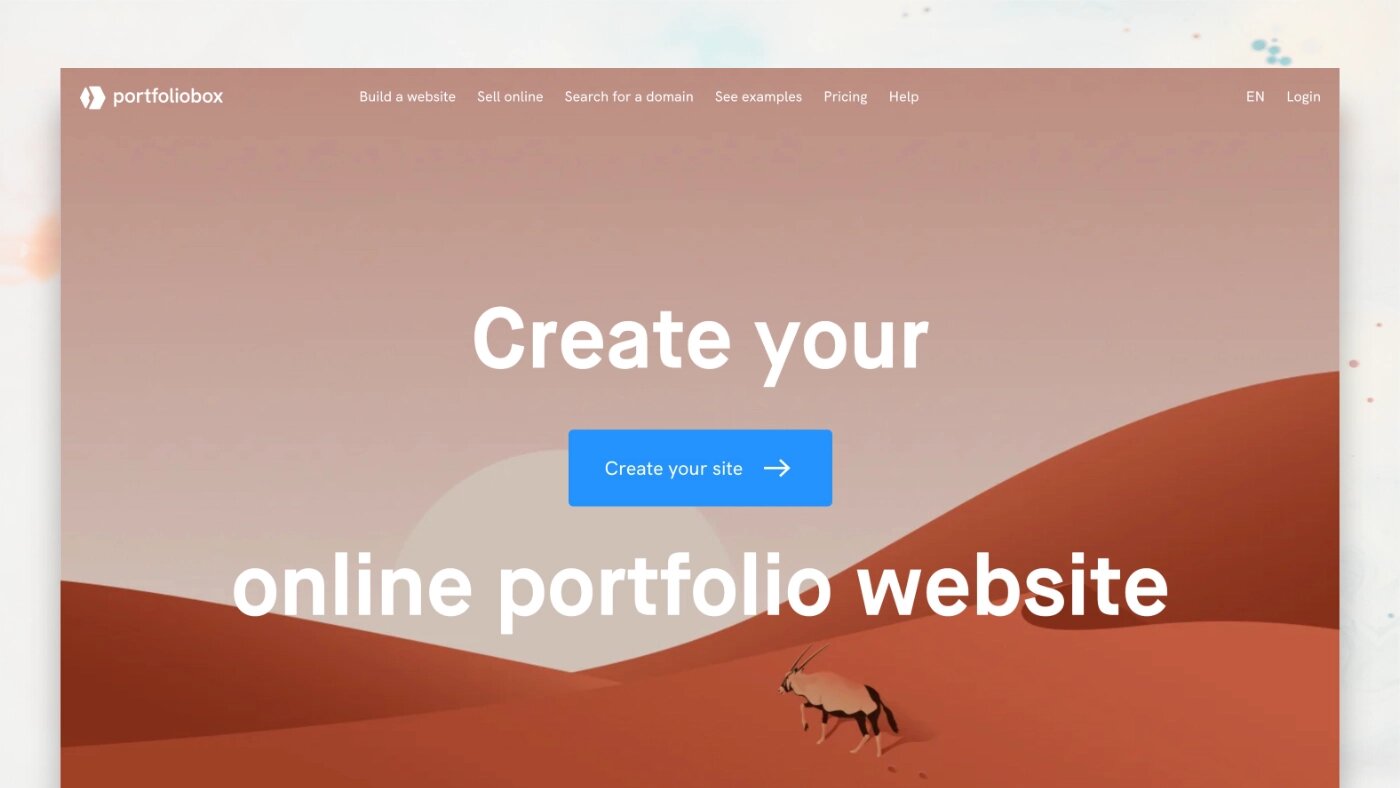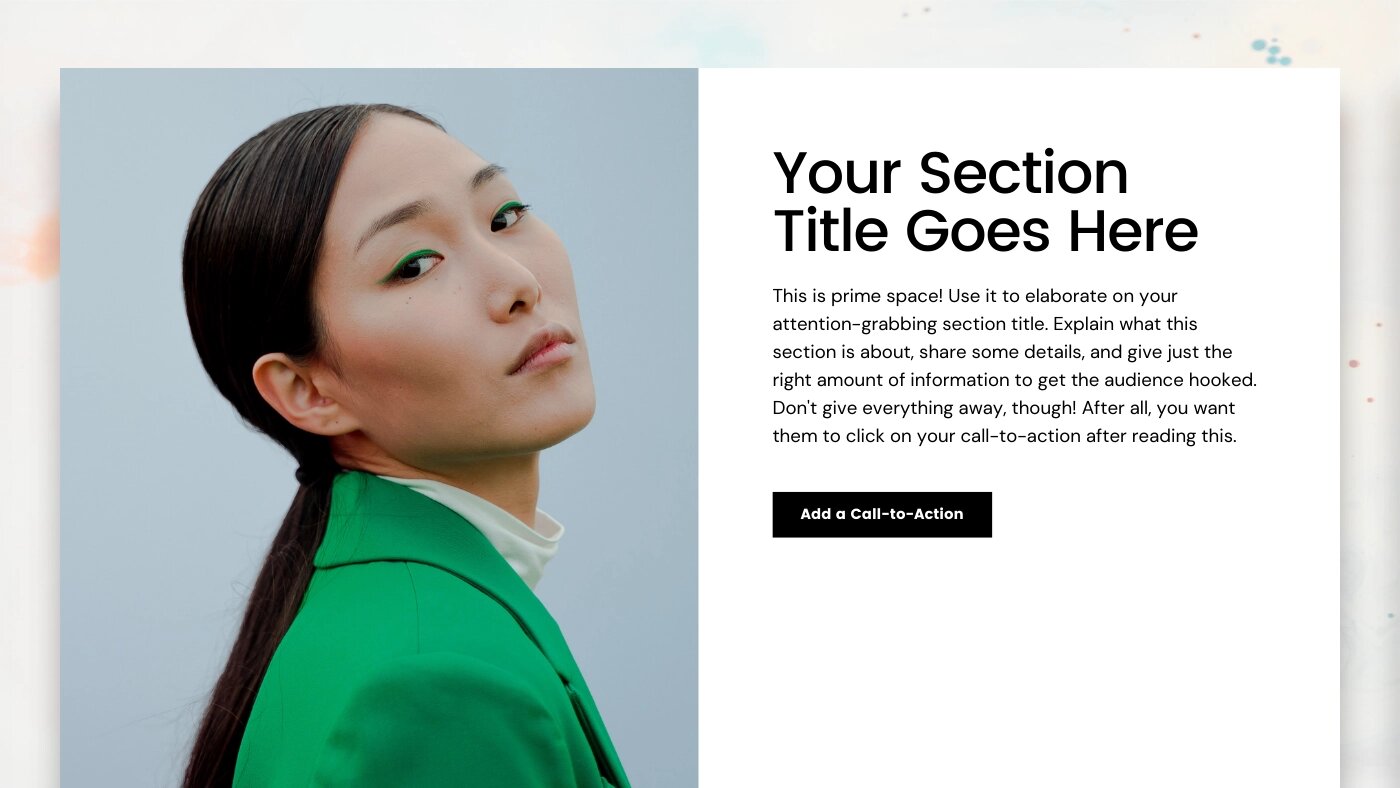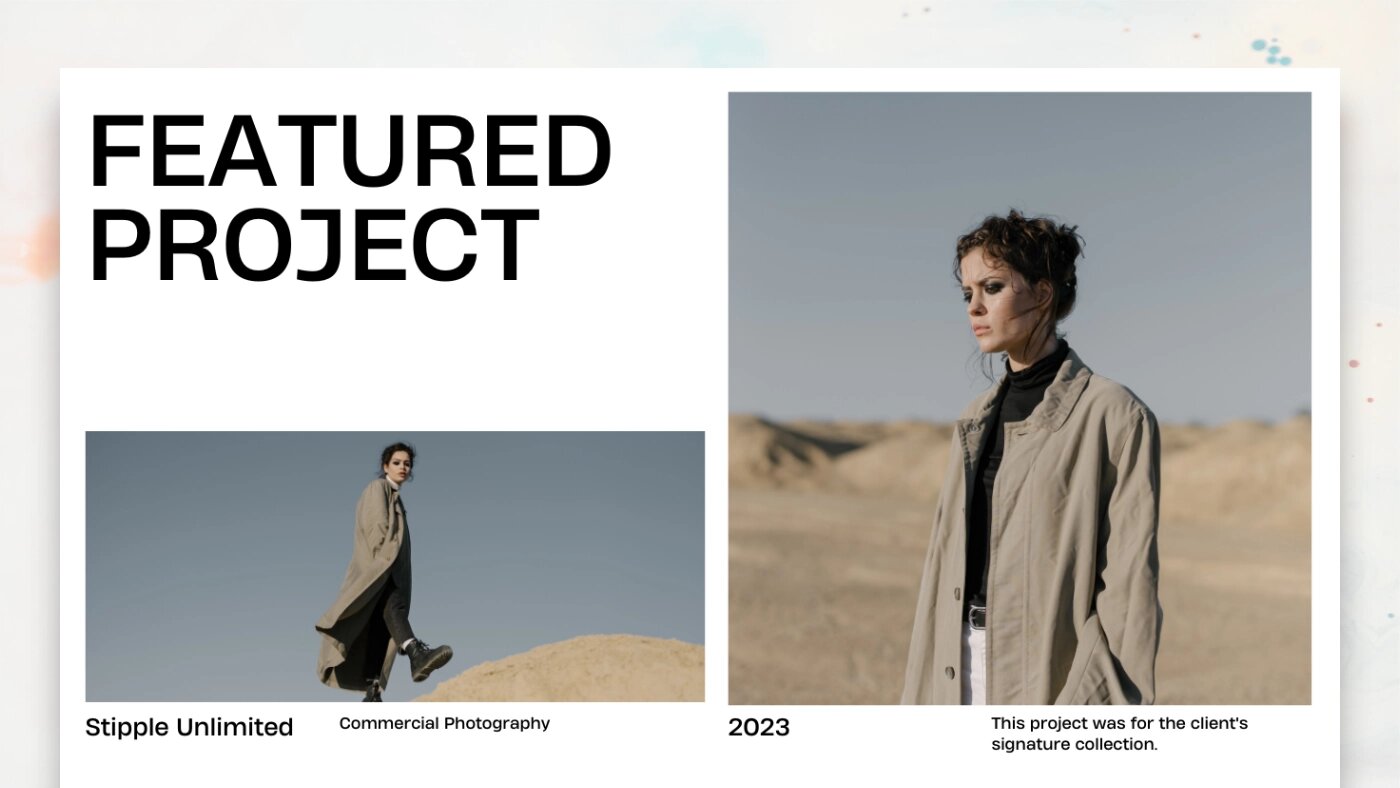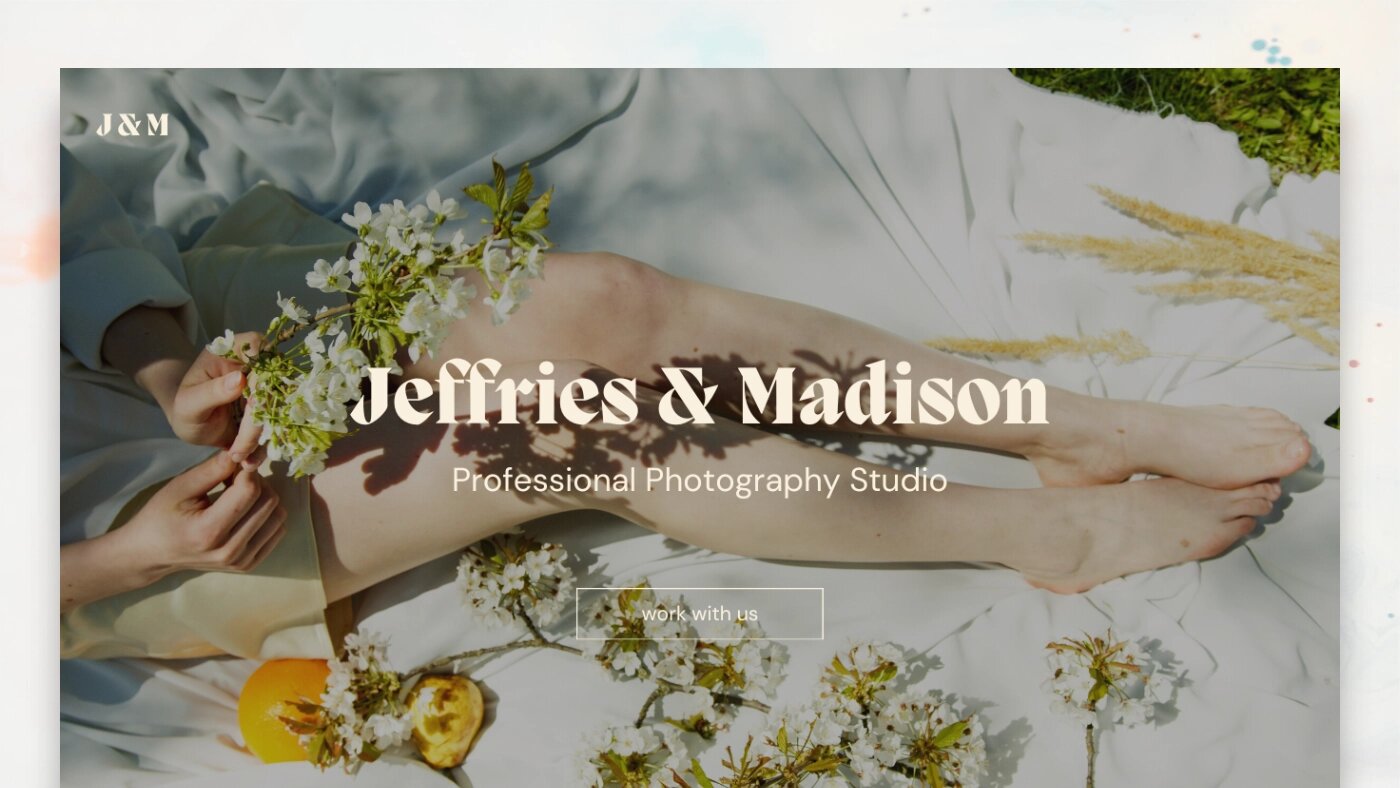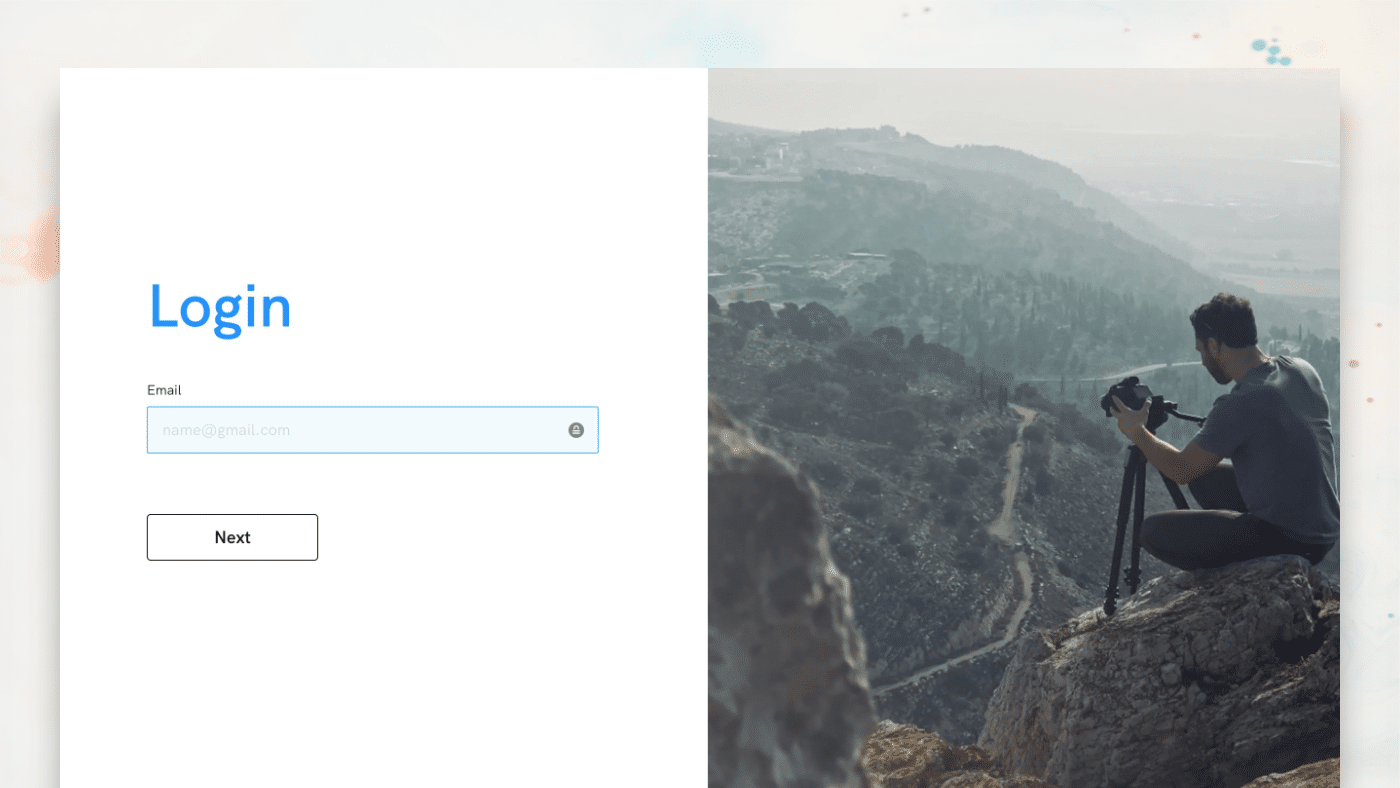Table of Contents
Keywords are words and phrases that define your work and your brand. It's important that you use them strategically on your portfolio. You want your keywords to be relevant to your business, broad enough and specific enough. There are two types of keywords:
- Head: Short keywords targeting a large audience, like art, photographer or dress.
- Long-tail: longer, more descriptive search terms targeting specific search queries, such as art gallery Paris, wedding photographer London, or woman black dress.
1. Think like your customers
Think about the type of person you want to attract to your portfolio. Take the time to understand what your audience needs.
- What do they want?
- What problems do they have?
- What are they looking for?
2. Do some research
- Make a list of words that describe your work, your brand, your product.
- Use synonyms and related words.
- Check what keywords your competitors use and don't use.
- Ask your friends and family what search terms they would use to find your product or service.
- Use search keyword tools, like Semrush, or Moz, to find keywords that would work for your business.
3. Add keywords in strategic places
Make sure to mention your keywords early on in your content and strategic places:
- Domain name
- Website title
- URL of a page
- SEO titles and descriptions
- Headers
- Body text
- Image title and description
4. Don't overload your portfolio with keywords
Once you have established your list of keywords, you need to incorporate them naturally in your online portfolio, in a way that is comprehensible to your visitors. A list of words at the end of a page does no good to your SEO. Overall, an ideal keyword density, the percentage of times that a keyword appears on a page, is between 2% and 3%. For example, for a page with 100 words, ideally one keyword should be used 2 or 3 times. Here is an example of a compelling and descriptive text, including keywords like design and furniture.

